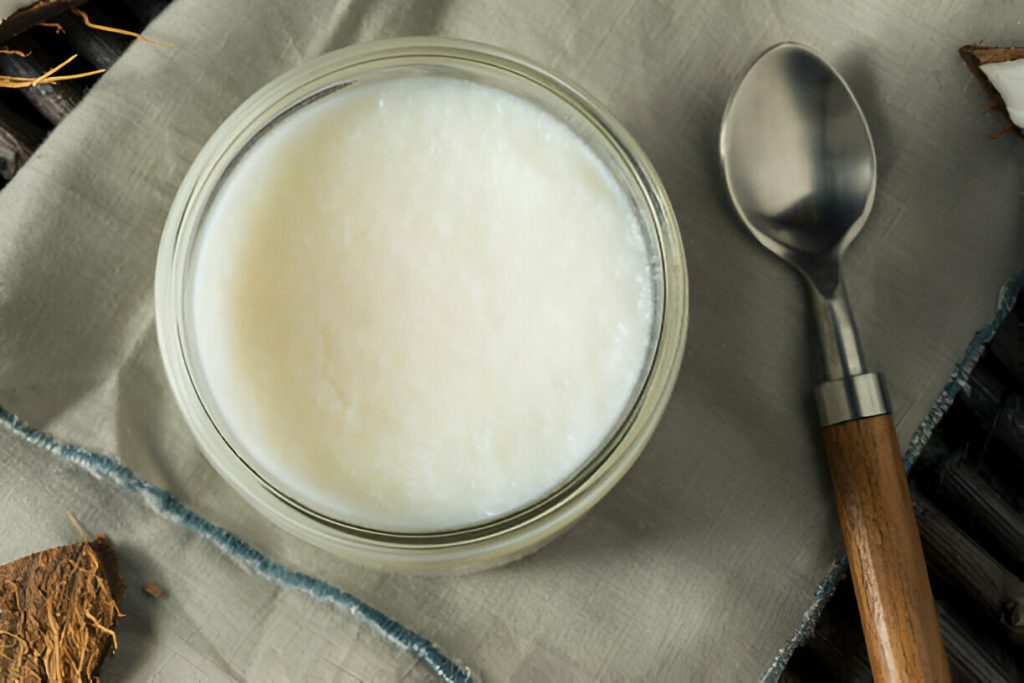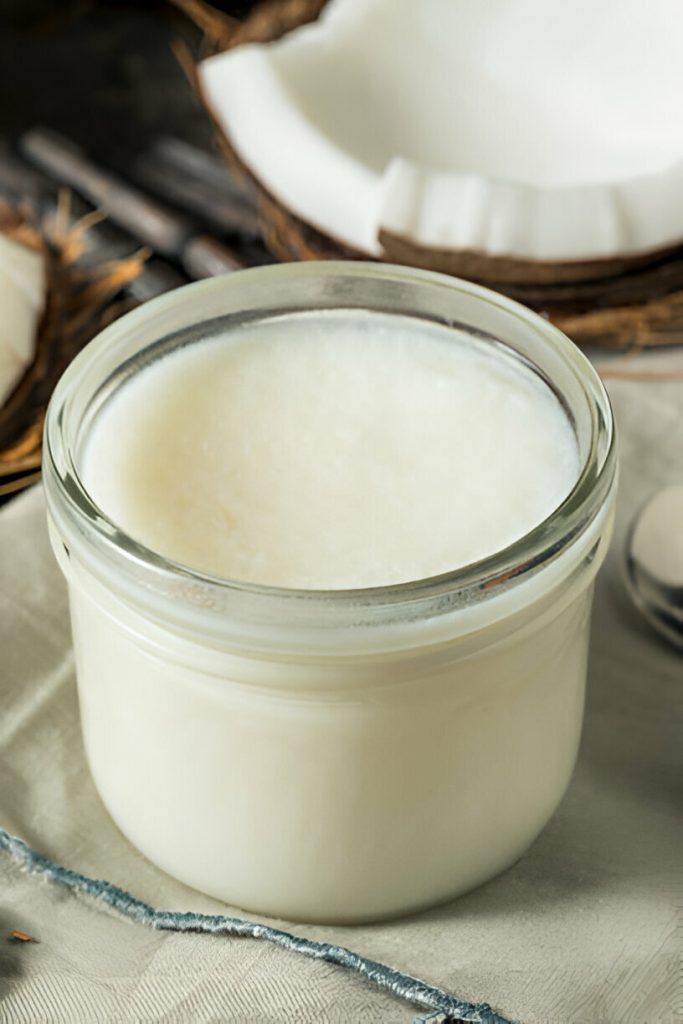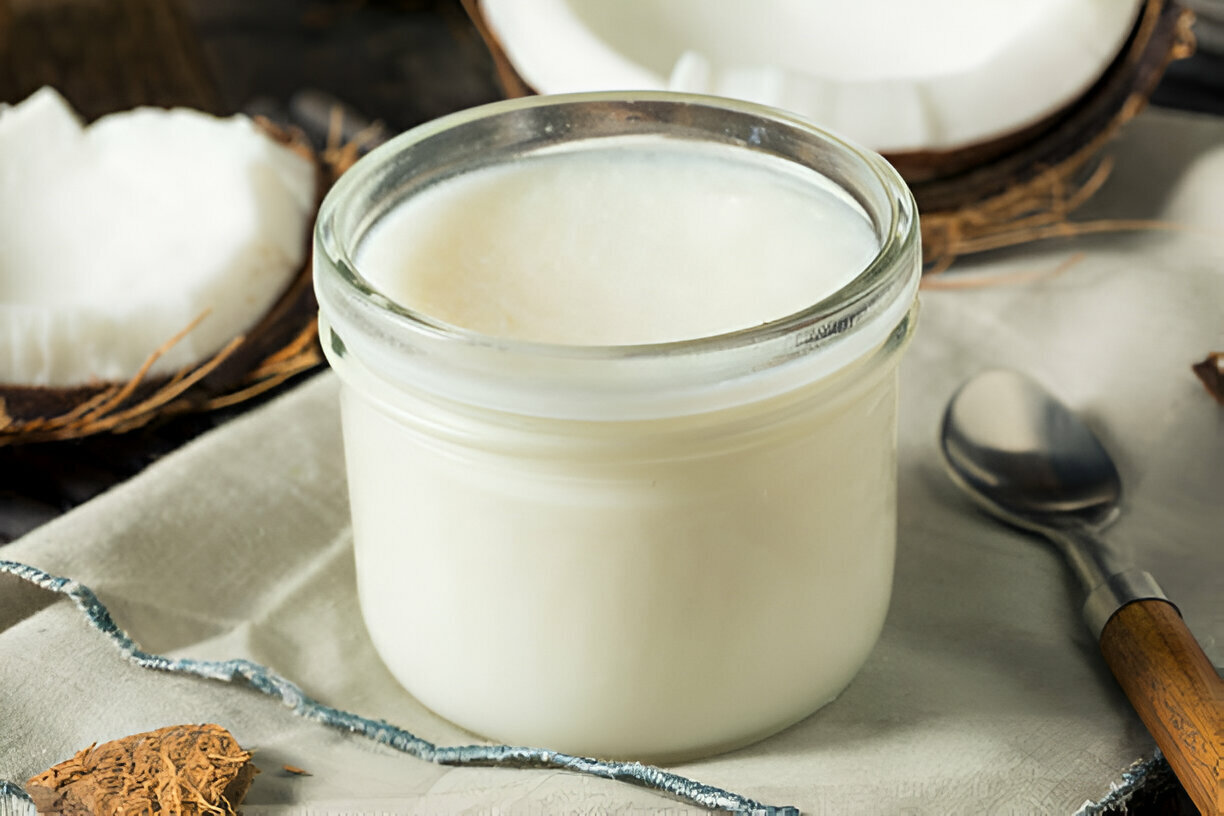Coconut Cream Recipe
Homemade coconut cream is a luscious and versatile ingredient that can bring depth and richness to a variety of recipes. Its natural flavor makes it a fantastic addition to desserts, savory dishes, and refreshing beverages. The simplicity of preparing it at home ensures a pure, unadulterated cream free from artificial additives, perfect for elevating your culinary creations.

Ingredients Overview
Mature coconuts are the foundation of this recipe, chosen for their firm texture and robust flavor. Unlike young coconuts, mature ones offer the rich flesh needed to produce a thick, creamy liquid. Water plays a crucial role in blending, with its quantity determining the cream’s consistency. Adjusting the water allows you to create a lighter or thicker texture to suit your needs.
Step-by-Step Preparation
To begin, locate the coconut eyes—small indentations at one end of the fruit. Using a skewer or corkscrew, pierce one or two eyes to create an opening. Drain the coconut water into a bowl and reserve it for future use in smoothies, soups, or marinades.
Cracking the coconut shell is simple with the right tools. A hammer or the blunt side of a large knife works effectively when gently tapping around the shell’s circumference. Once split, carefully pry the white flesh away from the hard shell using a butter knife. For smooth results, use a vegetable peeler to strip away the fibrous brown layer, leaving behind pristine coconut meat.
Cut the coconut into small chunks for easier blending. Combine these chunks with water in a blender, starting with the minimum amount and gradually adding more until the mixture reaches a creamy, smooth consistency. Ensure you do not overfill the blender, allowing ample space for the contents to circulate.
Strain the blended mixture using a nut milk bag or cheesecloth layered over a bowl. Squeeze firmly to extract all the liquid, leaving behind dry coconut pulp. This pulp can be saved for later use in baking, granola, or smoothies.
Pour the extracted liquid into a tall jar, seal it, and refrigerate for two to three hours. The natural separation process will cause a thick, creamy layer to rise to the top while a thinner liquid settles below. Carefully scoop out the cream and transfer it to an airtight container for storage. The thinner liquid can also be reserved for other recipes.

Recipe Tips
How to select the best coconuts:
Choose mature coconuts that feel heavy for their size and produce a sloshing sound when shaken.
Adjusting the cream consistency:
For thicker cream, reduce the amount of water added during blending. For lighter cream, gradually increase the water.
Reusing coconut pulp:
Incorporate the leftover pulp into baked goods, breakfast bowls, or energy bites for added fiber and flavor.
What to Serve With This Recipe
Coconut cream pairs wonderfully with desserts like pies, cheesecakes, and puddings, adding a velvety richness. In savory dishes, it works beautifully in curries, soups, and sauces, lending a creamy texture and subtle sweetness. For beverages, use it in tropical smoothies, cocktails like piña coladas, or even hot drinks like spiced cocoa for a decadent twist.
Storage and Reheating Tips
Store coconut cream in an airtight container in the refrigerator for up to five days. For longer preservation, freeze it in portion-sized containers or ice cube trays for up to three months. Thaw frozen cream in the refrigerator overnight. Avoid reheating coconut cream directly on high heat, as it can separate. Instead, gently warm it on low heat while stirring to maintain its smooth texture.
Frequently Asked Questions
Can I use pre-packaged shredded coconut instead of fresh coconuts?
Yes, but ensure it is unsweetened. Rehydrate the shredded coconut with hot water before blending.
What is the best way to ensure a smooth and creamy consistency?
Blend the coconut flesh thoroughly and strain it using a fine nut milk bag or multiple layers of cheesecloth.
How long can I store coconut cream in the refrigerator or freezer?
It lasts up to five days in the refrigerator and three months in the freezer.
Making coconut cream at home is an easy and rewarding process that ensures unmatched freshness and flavor. Whether used in sweet or savory recipes, this homemade staple adds a rich and creamy element that enhances your dishes. Experiment with it across a variety of recipes and enjoy its natural, tropical charm.

Ingredients
1 ½ to 3 cups water
3 mature coconuts
Instructions
Start by gathering all the necessary ingredients.
To drain the coconuts, insert a metal skewer or corkscrew into one or two of the coconut’s eyes to create an opening. Allow the coconut water to flow into a bowl, and set it aside for other uses.
Crack open the coconuts using the blunt side of a large knife or a hammer. Gently tap around the shell until it splits open.
Carefully remove the coconut flesh from the shells using a butter knife. Pry the flesh away, working in small sections. Use a vegetable peeler to strip away the brown fibrous layer that covers the white flesh, leaving it clean and smooth.
Cut the coconut meat into smaller chunks and place them in a blender. Add the water and blend until the mixture becomes smooth and creamy. If the texture is too thick or dense, gradually add up to 1 ½ cups of additional water to achieve the desired consistency.
Pour the blended mixture into a nut milk bag or layer several pieces of cheesecloth over a bowl. Squeeze the cloth or bag firmly to extract all the creamy liquid, leaving behind dry coconut pulp. Save this pulp for other culinary uses.
Transfer the extracted liquid into a tall, narrow jar with a lid. Refrigerate the jar for 2 to 3 hours. During this time, the liquid will naturally separate. A thick, creamy layer will rise to the top, while a thinner liquid settles at the bottom.
Carefully scoop out the coconut cream and store it in the refrigerator until ready to use. The thinner liquid can also be saved for alternative recipes or beverages.

Coconut Cream Recipe
Ingredients
- 1 ½ to 3 cups water
- 3 mature coconuts
Instructions
- Start by gathering all the necessary ingredients.
- To drain the coconuts, insert a metal skewer or corkscrew into one or two of the coconut’s eyes to create an opening. Allow the coconut water to flow into a bowl, and set it aside for other uses.
- Crack open the coconuts using the blunt side of a large knife or a hammer. Gently tap around the shell until it splits open.
- Carefully remove the coconut flesh from the shells using a butter knife. Pry the flesh away, working in small sections. Use a vegetable peeler to strip away the brown fibrous layer that covers the white flesh, leaving it clean and smooth.
- Cut the coconut meat into smaller chunks and place them in a blender. Add the water and blend until the mixture becomes smooth and creamy. If the texture is too thick or dense, gradually add up to 1 ½ cups of additional water to achieve the desired consistency.
- Pour the blended mixture into a nut milk bag or layer several pieces of cheesecloth over a bowl. Squeeze the cloth or bag firmly to extract all the creamy liquid, leaving behind dry coconut pulp. Save this pulp for other culinary uses.
- Transfer the extracted liquid into a tall, narrow jar with a lid. Refrigerate the jar for 2 to 3 hours. During this time, the liquid will naturally separate. A thick, creamy layer will rise to the top, while a thinner liquid settles at the bottom.
- Carefully scoop out the coconut cream and store it in the refrigerator until ready to use. The thinner liquid can also be saved for alternative recipes or beverages.

